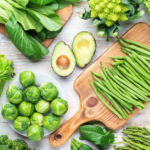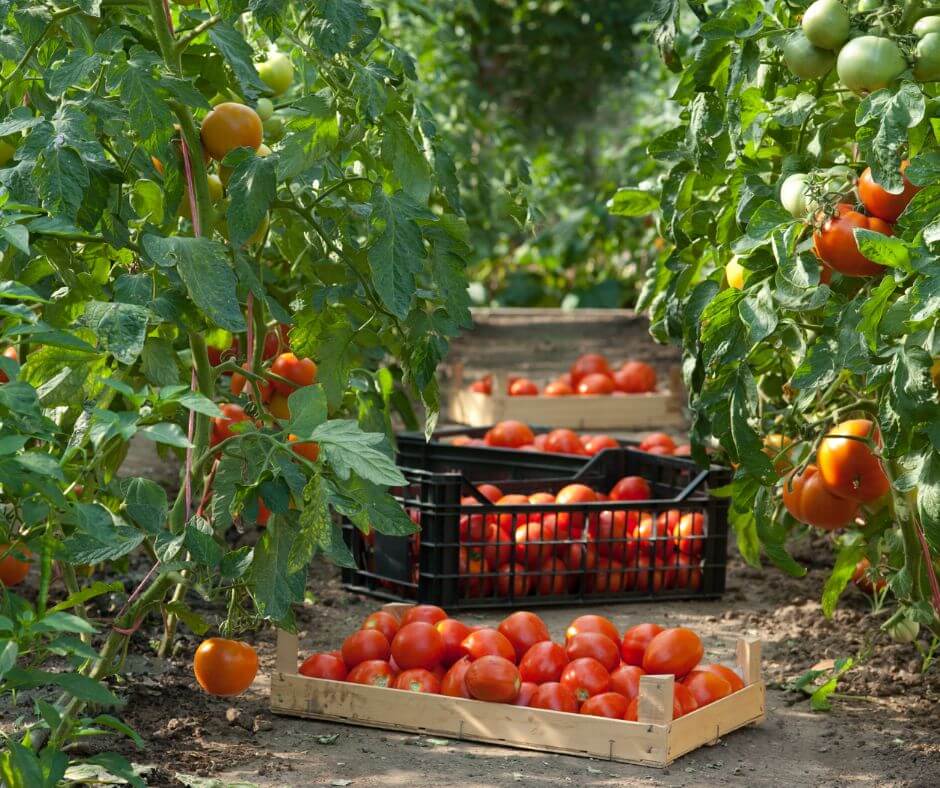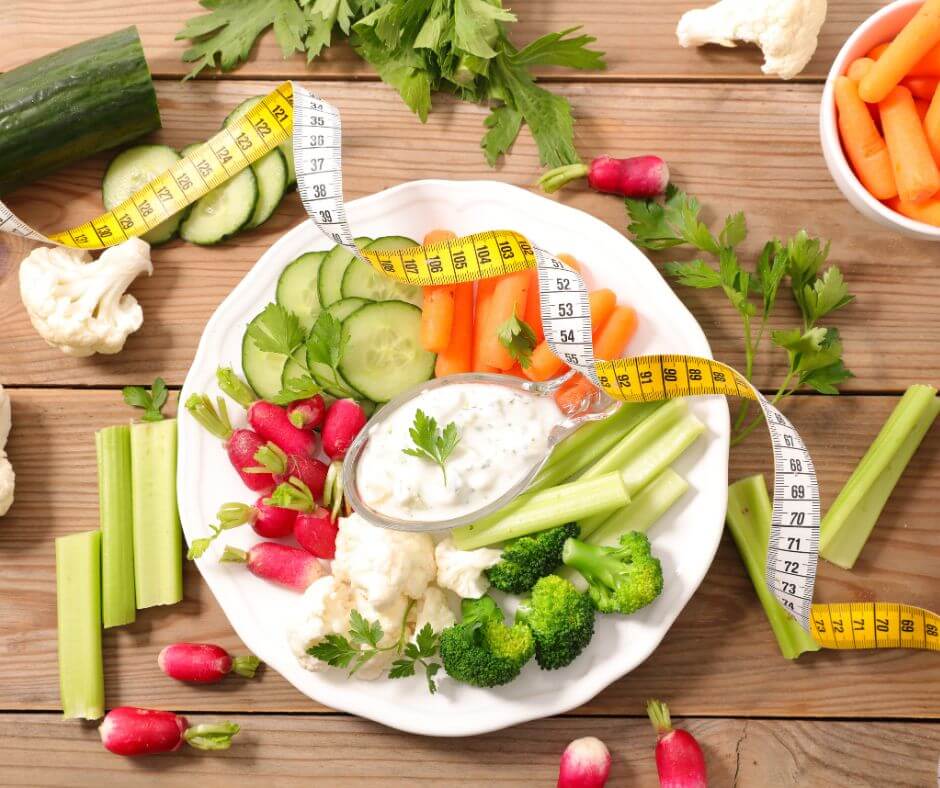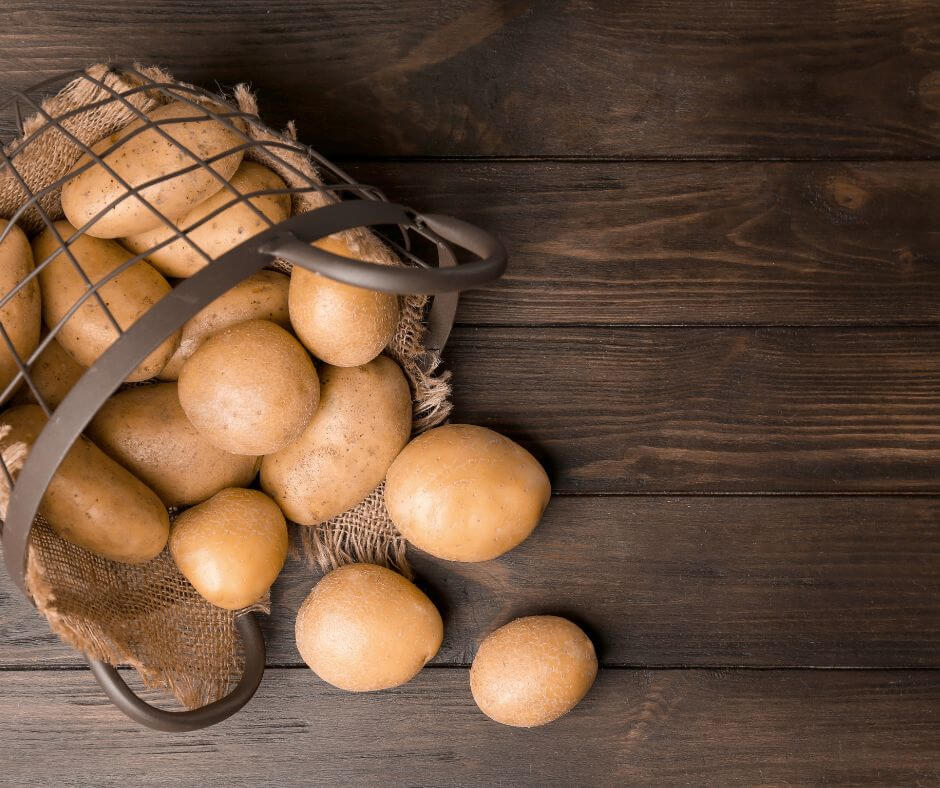Tamoto is the most used vegetable we’ll delve into the history and cultivation of tomatoes, explore the many ways they can be prepared and enjoyed in dishes ranging from simple salads to complex sauces, and examine the scientific research behind the numerous health benefits of consuming tomatoes, such as their anti-inflammatory properties and high levels of vitamins and antioxidants.
Brief history and background of tomatoes

Tomatoes have a long and interesting history that spans thousands of years and multiple continents.
They are believed to have originated in western South America, specifically the Andean region of modern-day Peru, Bolivia, and Ecuador. Tomatoes were first cultivated by the Incas and other indigenous peoples of the region, who used them for food, medicine, and even religious ceremonies.
After the Spanish conquest of the Americas in the 16th century, tomatoes were brought to Europe and quickly gained popularity among the wealthy and aristocratic classes. However, many people were initially suspicious of tomatoes due to their resemblance to the deadly nightshade plant, and it wasn’t until the 18th century that tomatoes became widely accepted as a food in Europe.
Importance and Popularity of Tomatoes in global cuisine

Tomatoes are one of the most important and versatile ingredients in global cuisine and are used in a wide variety of dishes around the world.
In Mediterranean cuisine, tomatoes are a key ingredient in dishes such as pasta sauces, pizza toppings, and salads. They are often paired with other ingredients like basil, mozzarella cheese, and olive oil to create flavorful and hearty dishes.
In Mexican and South American cuisine, tomatoes are used in dishes such as salsa, guacamole, and chili con carne. They are a key ingredient in many traditional soups and stews, such as gazpacho and menudo.
Tomatoes are also popular in Asian cuisine, where they are used in dishes such as curries, stir-fries, and noodle soups. In Indian cuisine, tomatoes are often used to create rich and flavorful gravies for vegetarian dishes such as paneer tikka masala and chana masala.
In addition to their culinary uses, tomatoes are also used in many non-food products, such as skin care products, cleaning agents, and even as a natural dye.
Overall, the popularity and importance of tomatoes in global cuisine is a testament to their versatility and delicious flavor, as well as their many health benefits.
Different types of tomatoes and their characteristics
There are many different types of tomatoes, each with its own unique characteristics and flavor profile. Here are some of the more well-known types:
Beefsteak Tomatoes:

These big, juicy tomatoes are ideal for dicing and adding to burgers or sandwiches. They are typically round or oblong in shape and can weigh up to a pound or more.
Cherry Tomatoes:

These little, bite-sized tomatoes are excellent as a snack or as a salad ingredient. They are typically round or oblong in shape and come in a variety of colors, including red, yellow, and orange.
Roma Tomatoes:

These oblong-shaped tomatoes are commonly used for making sauces, as they have less water content and a firmer texture than other types of tomatoes.
Heirloom Tomatoes:

These tomatoes come in a wide variety of shapes, sizes, and colors, and are known for their unique flavor profiles. They are often grown from seeds that have been passed down for generations and are prized for their rich, complex flavors.
Green Tomatoes:

These unripe tomatoes have a tart, tangy flavor and are often used in Southern cuisine for dishes such as fried green tomatoes.
Grape Tomatoes:

These small, oblong-shaped tomatoes are similar to cherry tomatoes in size and flavor but are slightly sweeter and less acidic.
Yellow Tomatoes:

These tomatoes are similar in size and shape to beefsteak tomatoes but have a bright yellow color and a slightly sweeter flavor.
Optimal growing conditions for tomatoes
Tomatoes are a warm-season crop that requires certain growing conditions to thrive. Here are some optimal growing conditions for tomatoes:
Sunlight:
Tomatoes need a lot of sunlight to grow and produce fruit, ideally around 6-8 hours of direct sunlight per day. Make sure to put them in an area with plenty of sunshine.
Soil:
Tomatoes prefer organically rich, well-draining soil. If your soil is heavy or compacted, amend it with compost or other organic matter to improve its drainage and fertility.
Water:
Tomatoes need consistent moisture to thrive, but they don’t like to be waterlogged. To prevent fungus illnesses, water deeply and frequently, but avoid getting the leaves wet.
Temperature:
Tomatoes prefer warm temperatures and can be damaged by frost. Wait until after the last frost date in your area to plant tomatoes, and be sure to protect them from cold temperatures if a frost is expected.
Fertilizer:
Tomatoes are heavy feeders and require regular fertilization to produce fruit. Use a balanced fertilizer or a fertilizer specifically formulated for tomatoes, and follow the instructions carefully.
Support:
Many types of tomatoes require support, such as cages or stakes, to keep them upright and prevent the fruit from touching the ground.
Read More About:
Tips for selecting and storing tomatoes

Selecting and storing tomatoes correctly can help to ensure that they remain fresh and flavorful. Here are some tips:
Selecting Tomatoes:
Choose tomatoes that are firm and heavy for their size, and that have smooth skin with no cracks, bruises, or soft spots.
Look for tomatoes that are fully ripened or just beginning to ripen, as they will have the best flavor.
Smell the stem end of the tomato – it should have a fresh, earthy scent.
Storing Tomatoes:
Ripe tomatoes should be kept at room temperature and out of direct sunlight. Do not refrigerate, as this can cause the texture and flavor to deteriorate.
If you have a lot of ripe tomatoes that you can’t eat right away, consider freezing or canning them for later use.
If you have unripe tomatoes that you want to ripen, place them in a paper bag with an apple or a banana. The apple or banana will produce ethylene gas, which will hasten the ripening process.
If you do need to store tomatoes in the refrigerator, keep them in the crisper drawer and use them within a few days.
Simple recipes that highlight the flavor of fresh tomatoes
Fresh tomatoes are a versatile ingredient that can be used in a variety of dishes to add flavor and nutrition. Here are three simple recipes that highlight the flavor of fresh tomatoes:
Caprese Salad:

This classic Italian salad is a simple yet delicious way to showcase the flavor of fresh tomatoes. To make it, slice a large tomato and a ball of fresh mozzarella cheese into thin rounds. Arrange the tomato and cheese slices on a plate, alternating between them. Basil leaves should be added on top, along with a dab of balsamic vinegar and olive oil. Add salt and pepper to taste while seasoning the meal.
Fresh Tomato Sauce:

Homemade tomato sauce is a great way to use up a lot of fresh tomatoes, and it’s also healthier than store-bought sauces that are often loaded with sugar and preservatives. To make a simple tomato sauce, chop a pound of fresh tomatoes and sauté them in a large pan with some minced garlic and olive oil. Cook the tomatoes until they are tender and their juices have escaped. Add salt and pepper to taste, and then purée the mixture in a blender or food processor until smooth.
Tomato Bruschetta:

Bruschetta is a classic Italian appetizer that features fresh tomatoes, garlic, and basil on top of toasted bread. To make it, start by toasting some slices of crusty bread. Then, chop a few fresh tomatoes and mix them with some minced garlic, chopped basil, and olive oil. Depending on taste, season the food with salt and pepper. Serve the tomato mixture on top of the toasted bread right away.
Tomato-based sauces for pasta, pizza, and other dishes
Tomato-based sauces are a staple in many cuisines and can be used in a variety of dishes, including pasta, pizza, and other Italian dishes. Here are three popular tomato-based sauces to try:
Marinara Sauce:
Marinara sauce is a classic tomato-based sauce that is often used in pasta dishes. To make it, sauté garlic and onion in olive oil until fragrant. Add canned tomatoes, oregano, salt, and pepper, and simmer until the sauce has thickened and the flavors have melded together. Use it as a base for pasta dishes, or as a dipping sauce for breadsticks.
Pizza Sauce:
Pizza sauce is a tomato-based sauce that is used as a base for pizza toppings. To make it, blend canned tomatoes with garlic, onion, basil, and oregano until smooth. Simmer the mixture in a pan until it has thickened, and season with salt and pepper to taste. Put the sauce on a pizza dough, then top with whatever you choose.
Arrabbiata Sauce:
Arrabbiata sauce is a spicy tomato-based sauce that is often used in pasta dishes. To make it, sauté garlic and red pepper flakes in olive oil until fragrant. Once the sauce has thickened, stir in the can of tomatoes.. Season with salt and pepper, and add chopped fresh parsley for extra flavor. Use it as a sauce for spaghetti or other pasta dishes.
Creative ways to use canned or dried tomatoes
Canned or dried tomatoes are versatile ingredients that can be used in a variety of dishes to add flavor and nutrition. Here are three creative ways to use canned or dried tomatoes:
Tomato Jam:

Tomato jam is a sweet and savory condiment that can be used as a spread on toast, a topping for burgers or sandwiches, or a sauce for grilled meats or vegetables. To make it, combine canned or dried tomatoes, sugar, vinegar, and spices in a saucepan. Cook until the mixture has thickened and the tomatoes have broken down, stirring occasionally. The jam can be kept in the fridge for up to a week.
Tomato Powder:

Tomato powder is a concentrated form of tomatoes that can be used as a seasoning or flavor enhancer in a variety of dishes, including soups, stews, and sauces. To make it, blend dried tomatoes in a food processor or blender until they form a fine powder. Store the powder in an airtight container in a cool, dry place for up to six months.
Sun-Dried Tomato Pesto:

Sun-dried tomato pesto is a flavorful sauce that can be used as a spread on sandwiches, a dip for crackers or vegetables, or a sauce for pasta or chicken dishes. To make it, blend sun-dried tomatoes, garlic, basil, pine nuts, and parmesan cheese in a food processor or blender. Slowly drizzle in olive oil until the mixture has formed a smooth paste. As desired, season the food with salt and pepper.
Overview of the nutrients found in tomatoes
Tomatoes are a nutrient-rich food that can provide a variety of health benefits. Here is an overview of the chart of nutrients found in tomatoes:
Calories:
About 22 calories are present in one medium tomato..
Carbohydrates:
About 5 grammes of carbs are included in one medium-sized tomato.
Fiber:
One medium-sized tomato contains approximately 1.5 grams of fiber.
Protein:
One medium-sized tomato contains approximately 1 gram of protein.
Vitamins:
Vitamins A, C, and K, as well as folate, are all abundant in tomatoes.
Minerals:
Tomatoes are a good source of potassium and manganese, as well as smaller amounts of calcium, magnesium, and iron.
Antioxidants:
Tomatoes are rich in antioxidants, including lycopene, which has been linked to a reduced risk of cancer and heart disease.
Water content:
Tomatoes are approximately 95% water, making them a hydrating food.
Health benefits associated with consuming tomatoes, such as improved heart health and reduced cancer risk

Tomatoes are a nutrient-rich food with a number of health advantages. Here are some of the potential health benefits associated with consuming tomatoes:
Improved Heart Health:

Tomatoes are rich in antioxidants, including lycopene, which has been linked to improved heart health. Studies have shown that consuming tomatoes and tomato products may help to lower blood pressure, reduce cholesterol levels, and decrease the risk of heart disease.
Reduced Cancer Risk:

Lycopene, the antioxidant found in tomatoes, has also been linked to a reduced risk of certain types of cancer, including prostate, lung, and stomach cancer. Additionally, the high levels of vitamin C and other antioxidants found in tomatoes may help to prevent oxidative damage to cells, which can lead to cancer.
Improved Vision:

Vitamin A, which is essential for keeping healthy vision, may be found in tomatoes. Consuming tomatoes may help to reduce the risk of age-related macular degeneration, a condition that can lead to vision loss.
Better Digestive Health:

The fiber found in tomatoes can help to promote digestive health and regularity. Additionally, the high water content of tomatoes can help to prevent constipation and keep the digestive system functioning properly.
Reduced Inflammation:

Tomatoes are rich in antioxidants and other anti-inflammatory compounds, which may help to reduce inflammation throughout the body. Numerous health issues, including cancer, autoimmune disorders, and heart disease, have been connected to chronic inflammation.
Discussion of the science behind these benefits
The health benefits associated with consuming tomatoes are supported by scientific research. Here is a discussion of the science behind these benefits:
Improved Heart Health:
Tomatoes contain high levels of antioxidants, including lycopene, which has been shown to have anti-inflammatory and antioxidant properties. Inflammation and oxidative damage are both linked to the development of heart disease. Studies have found that consuming tomatoes and tomato products can help to lower blood pressure, reduce cholesterol levels, and decrease the risk of heart disease.
Reduced Cancer Risk:
Lycopene has also been demonstrated to possess anticancer qualities. Studies have found that consuming tomatoes and tomato products can help to reduce the risk of certain types of cancer, including prostate, lung, and stomach cancer. The antioxidant and anti-inflammatory properties of tomatoes may also help to prevent the development of cancer by protecting cells from damage.
Improved Vision:
Vitamin A, which is essential for keeping healthy vision, may be found in tomatoes. Vitamin A helps to protect the eyes from damage and reduce the risk of age-related macular degeneration.
Better Digestive Health:
The fiber found in tomatoes can help to promote digestive health and regularity. Fiber helps to add bulk to the stool and promotes the growth of beneficial gut bacteria. Additionally, the high water content of tomatoes can help to prevent constipation and keep the digestive system functioning properly.
Reduced Inflammation:
Tomatoes contain a range of antioxidants and anti-inflammatory compounds, including lycopene, vitamin C, and beta-carotene. These compounds can help to reduce inflammation throughout the body, which has been linked to a range of health problems, including heart disease, cancer, and autoimmune disorders.
Thoughts and tips for incorporating more tomatoes into your diet
Incorporating more tomatoes into your diet is a great way to take advantage of their many health benefits. Here are some tips and ideas for incorporating more tomatoes into your meals:
Sliced tomatoes can be added to sandwiches or wraps:

Whether you’re making a classic BLT or a vegetarian wrap, adding slices of fresh tomatoes can add both flavor and nutrition.
Use tomatoes in salads:

Tomatoes are a great addition to any salad. Try slicing cherry tomatoes in half and tossing them with greens, cucumbers, and your favorite dressing for a simple, refreshing salad.
Make a tomato-based pasta sauce:

A homemade tomato sauce can be a delicious and healthy way to enjoy pasta. Start by sautéing garlic and onions in olive oil, then add canned tomatoes and your favorite herbs and spices. Simmer until thick and serve over your favorite pasta.
Roast tomatoes for a side dish:

Roasted tomatoes are a simple and flavorful side dish. Simply toss cherry tomatoes with olive oil, salt, and pepper, and roast in the oven until caramelized and tender.
Use canned or dried tomatoes in soups and stews:

Canned or dried tomatoes can add depth and flavor to soups and stews. Try adding canned tomatoes to your favorite chili recipe or using dried tomatoes in a hearty vegetable soup.
Make fresh salsa:

A simple salsa made with diced tomatoes, onions, jalapeños, and lime juice can add flavor and nutrition to any meal. Serve as a side dish with tortilla chips or a fish or chicken topping on a barbecue.
Grill or roast whole tomatoes:

Grilling or roasting whole tomatoes can bring out their natural sweetness and add flavor to any dish. Serve grilled or roasted tomatoes as a side dish or use them in sauces and dips.













